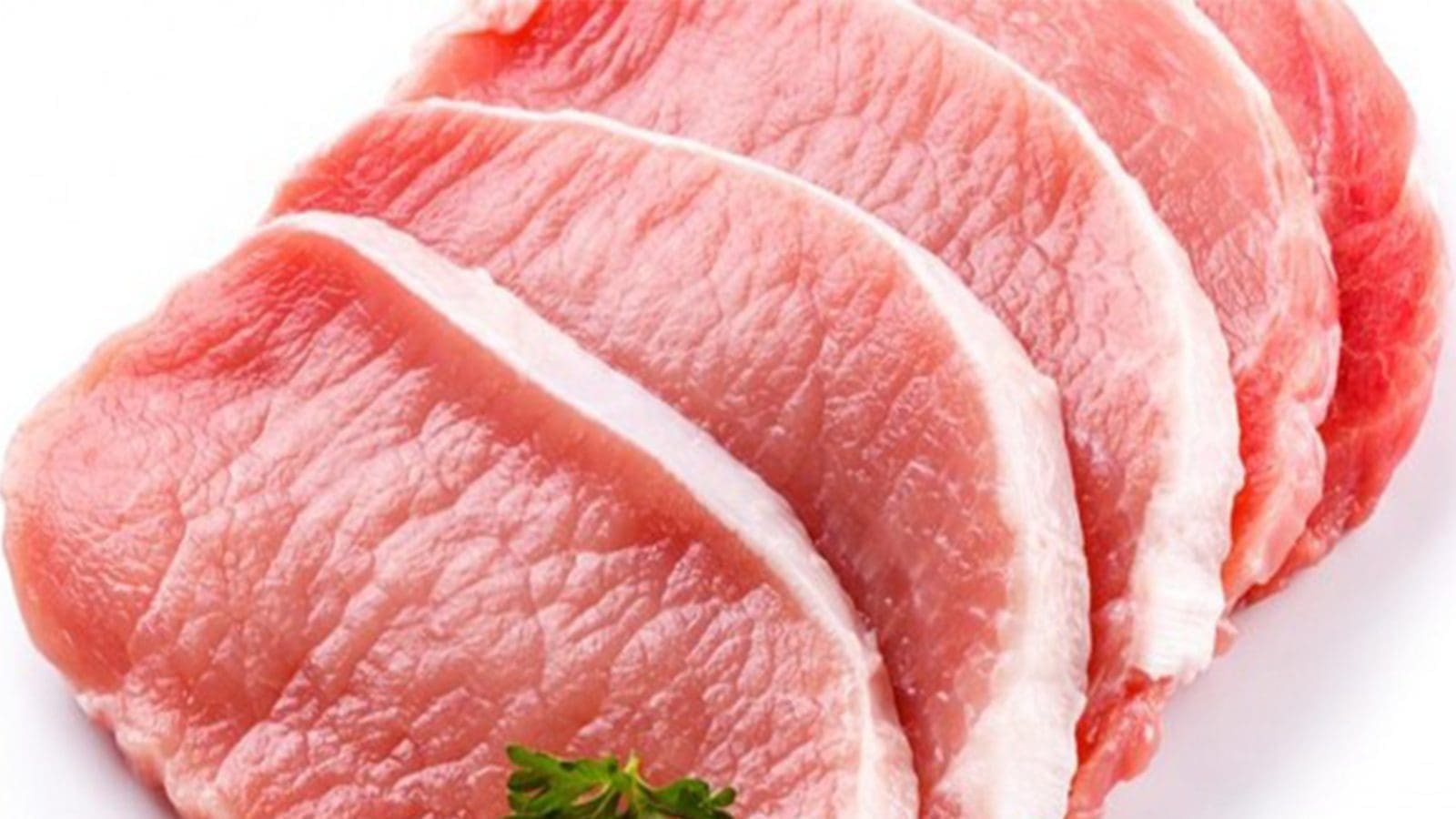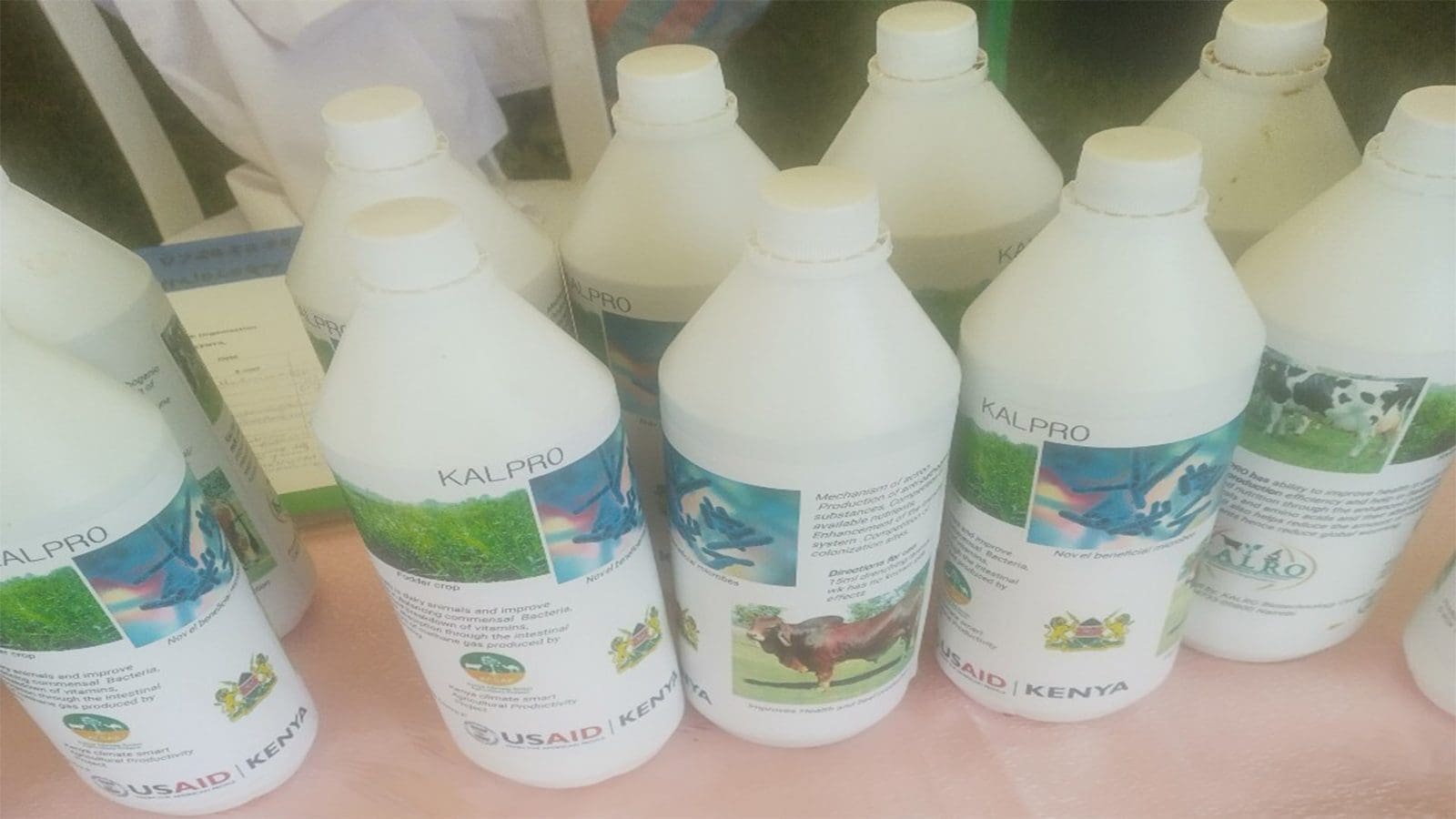U.S – The U.S. Department of Agriculture’s Food Safety and Inspection Service (USDA’s FSIS) has recently unveiled an updated version of its Guideline for Controlling Salmonella in Swine Slaughter and Pork Processing Establishments.
This comprehensive guideline incorporates new scientific recommendations and support, catering particularly to small and very small establishments, in their efforts to effectively manage Salmonella contamination at various stages of swine slaughter and pork processing operations.
Taking into account public comments received on the previous version, the updated guidance brings forth several noteworthy changes.
To clarify its purpose, the word “compliance” has been removed from the document title and throughout, emphasizing that the guideline does not constitute regulatory requirements.
The document now incorporates the latest relevant, peer-reviewed scientific findings related to swine slaughter, as well as the processing of pork cuts and comminuted pork products.
One of the significant updates focuses on preharvest interventions. The guideline now encompasses vaccine and bacteriophage interventions, housing and biosecurity measures, and improved water and feed management practices.
By including pork products outbreak history, FSIS aims to provide relevant insights and inform best practices for the industry.
Furthermore, the updated version incorporates FSIS data collection and FSIS pork sampling information, enhancing the comprehensiveness of the guideline.
The revised guideline also addresses specific aspects related to the pork processing industry. It now includes information on hot shipping best practices, which are crucial to maintaining the quality and safety of pork products during transportation.
Additionally, a new section has been added, outlining best practices for the removal of lymph nodes during processing.
To streamline the content and focus on its core objectives, the updated guideline has removed language pertaining to Trichina guidance, new technologies guidance, and validation guidance.
It’s important to note that FSIS has separate guidance documents in place for these specific topics.
The guideline serves as a valuable resource for slaughter facilities, offering best practices that can be implemented to prevent, eliminate, or reduce Salmonella contamination at all stages of swine slaughter and dressing.
It encompasses preharvest controls, including farm rearing, multi-hurdle interventions, transport, and lairage.
Additionally, the document provides comprehensive recommendations for pork fabrication controls, encompassing processing and packaging practices for both pork cuts and comminuted pork products.
This updated guideline from USDA’s FSIS underscores the agency’s commitment to ensuring the safety and quality of pork products throughout the United States, promoting best practices, and providing guidance to the industry.
The USDA’s FSIS has also recently announced plans to implement a new labeling requirement for mechanically tenderized beef products.
The aim of this requirement is to enhance consumer awareness and promote safe handling and cooking practices, as mechanically tenderized beef products have a higher risk of bacterial contamination, including E. coli.
The labeling will provide consumers with clear instructions to properly cook these products to ensure their safety. The new labeling requirement is expected to be implemented in the near future, following a comment period for stakeholders.
For all the latest food safety news from Africa and the World, subscribe to our NEWSLETTER, follow us on Twitter and LinkedIn, like us on Facebook and subscribe to our YouTube channel.








